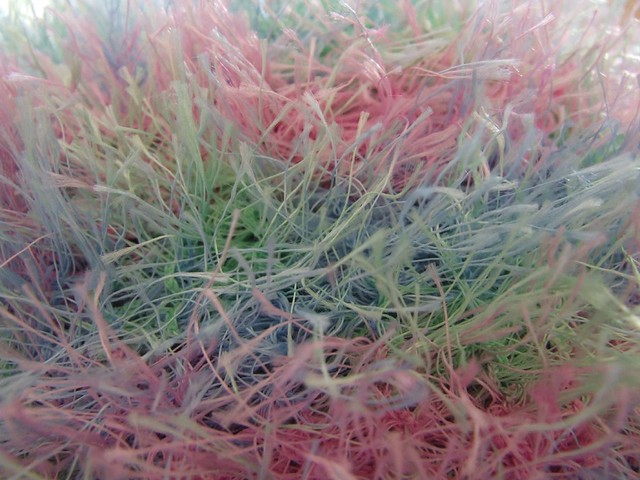The polymer being spun must be converted into a fluid state. If the polymer is a thermoplastic then it is just melted, if not then it may be dissolved in a solvent or chemically treated to form soluble or thermoplastic derivatives. The fluid polymer is then forced through the spinneret, where the polymer cools to a rubbery state, and then a solidified state.
There are four types of spinning: wet, dry, melt, and gel spinning.
Wet Spinning
 |
| Wet Spinning (Rayon) |





